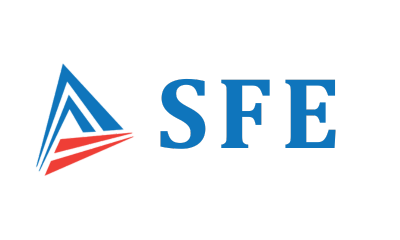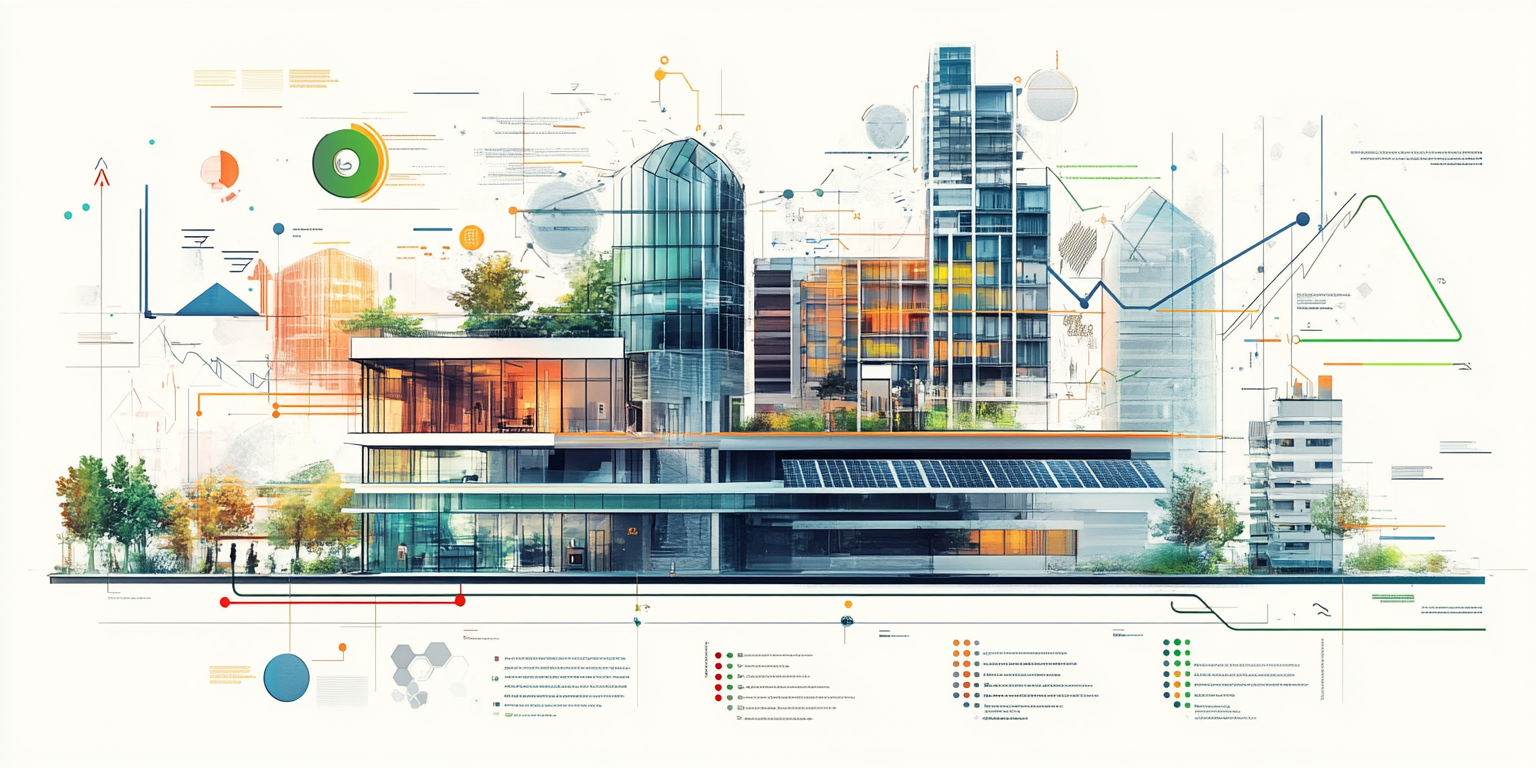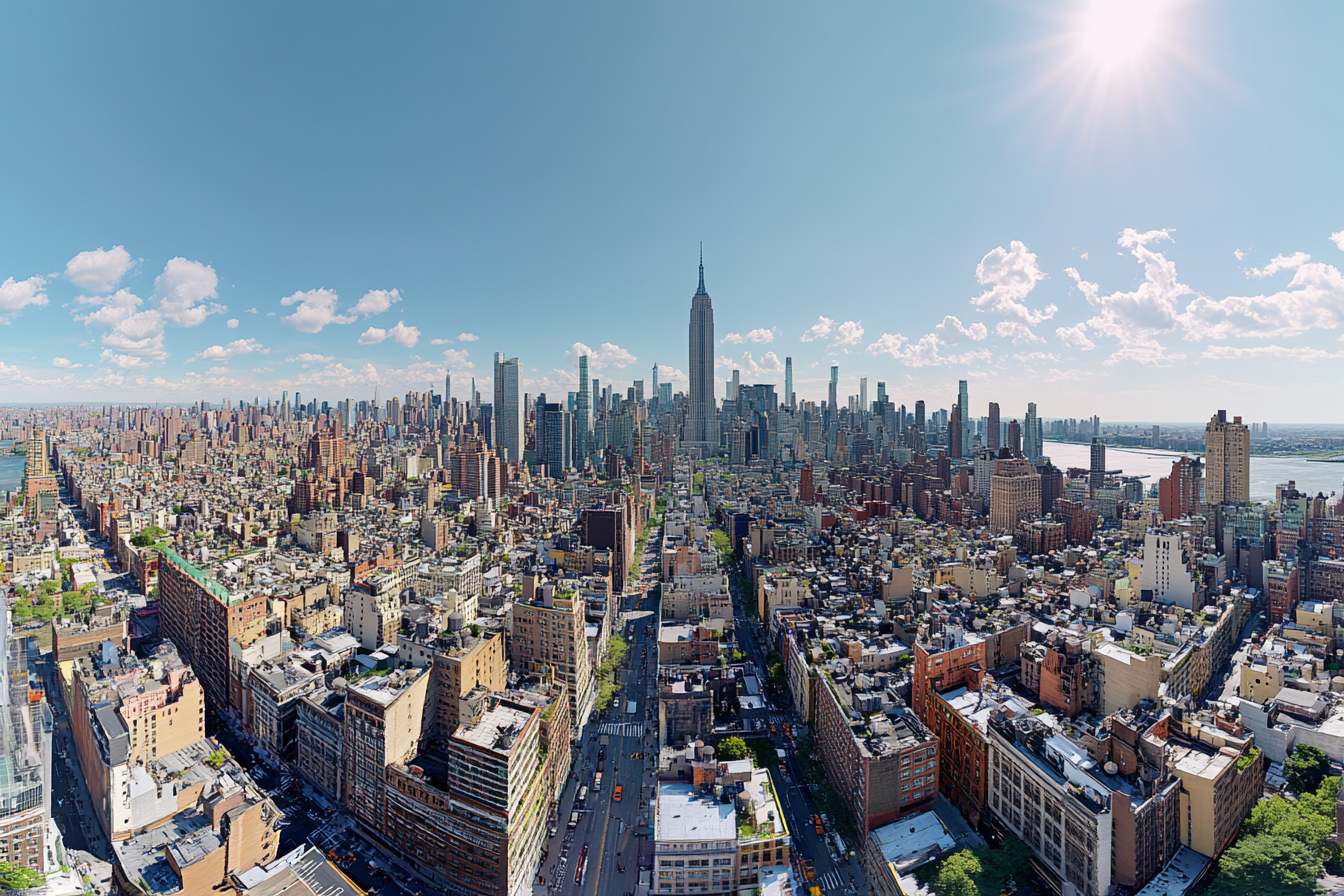In New York City’s skyline-defining real estate market, architectural visualization NYC is the key to turning concepts into reality. Developers and architects rely on stunning 3D renderings and virtual tours to pitch supertall skyscrapers, luxury condos, or office-to-residential conversions to investors and tenants. But in 2025, visualization isn’t just about aesthetics—it’s about sustainability. With Local Law 97 (LL97) mandating carbon emission caps for buildings over 25,000 sq ft, NYC projects must balance beauty with compliance. At Safari Energy Solutions, we enhance architectural visualization NYC by integrating ultra-low energy modeling and blower door testing to ensure designs meet LL97 and NYCECC standards. Our expertise helps architects and developers create greener, high-performance buildings that shine in renderings and reality. In this post, we’ll explore why architectural visualization NYC is a top search, how it drives sustainable design, and how safariny.com’s services make your visualized projects compliant and future-proof. Ready to elevate your NYC designs? Let’s dive into the power of visualization and compliance.
Why Architectural Visualization NYC Is a Game-Changer
Searched 300–1,000 times monthly, architectural visualization NYC reflects the city’s demand for cutting-edge design presentations. From Brooklyn’s Gowanus rezoning to Manhattan’s supertall towers, developers use 3D renderings to showcase projects before breaking ground. These visualizations highlight features like green roofs or glass facades, captivating investors and buyers. But NYC’s regulatory landscape adds complexity. Local Law 97, with fines starting in 2025, requires buildings to slash emissions, while NYCECC demands energy efficiency. Visualized designs must align with these standards, or developers risk costly retrofits. That’s where safariny.com bridges the gap. Our energy modeling services, using tools like eQuest, analyze visualized designs to optimize HVAC, insulation, and lighting for LL97 compliance. For example, a Queens condo project used our modeling to reduce EUI to 25 kBtu/ft²/year, matching its eco-friendly rendering. By targeting architectural visualization NYC, we connect with developers early, ensuring their visions are both stunning and sustainable.
The Role of Energy Modeling in Visualization
Architectural visualization NYC brings designs to life, but energy modeling ensures they perform. At safariny.com, we conduct full building simulations to test how visualized elements—solar panels, triple-glazed windows, or smart HVAC—impact energy use. This is critical for Local Law 97, which sets 2030 emission caps at 40% below 2005 levels. Our process, using eQuest and Trace, generates visual outputs like heat maps that complement 3D renderings, helping architects refine designs pre-construction. For instance, a visualized Passive House in Brooklyn looked sustainable but had air leaks. Our blower door testing identified gaps, saving the developer $50,000 in LL97 fines.
To rank for architectural visualization NYC, we’ve optimized this post with long-tails like “sustainable architectural visualization NYC” and interlinked to our LL97 compliance and ultra-low energy modeling pages. Unlike visualization-only firms, safariny.com offers end-to-end solutions, from design validation to compliance certification, making us a one-stop shop for NYC developers.
Case Study: A Manhattan developer used architectural visualization NYC to pitch an office-to-residential conversion. Their rendering featured a green facade, but energy models revealed high heat loss. Safariny.com’s simulations and blower door testing optimized insulation, cutting emissions by 30% and securing LL97 approval. This synergy of visualization and compliance won the project investor backing.
How Visualization and Compliance Win NYC Projects
NYC’s developers and architects face a dual challenge: create visually stunning projects and meet stringent regulations. Architectural visualization NYC addresses the first by showcasing designs, but compliance ensures long-term success. Local Law 97 fines can reach $268/ton of excess CO2, making energy efficiency non-negotiable. Our services—ultra-low energy modeling, blower door testing, and LEED commissioning—turn visualized designs into high-performance buildings.



